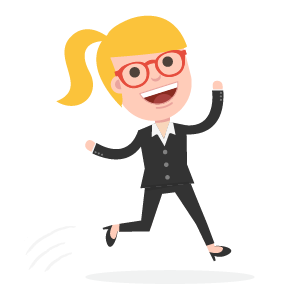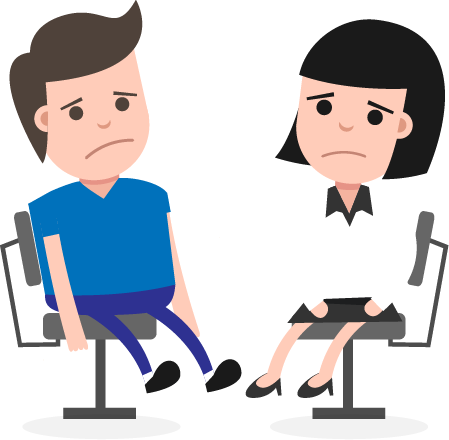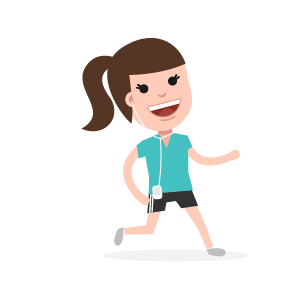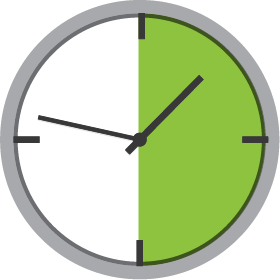The research is clear—long periods of sitting have serious health consequences
Why is too much sitting bad for us

When you sit, you are spending very little energy and your large postural muscles aren’t working very hard

When you stand, your muscles are working 2 ½ times harder than when you were sitting

When you move, you are burning 3 times more energy than when you were sitting
What are the risks of too much sitting?

High levels of sitting increases the risk of type 2 diabetes, cardiovascular disease and musculoskeletal disorders

High levels of sitting is linked to some cancers, and workers who have been in sedentary roles for more than 10 years have double the risk of colon cancer


Reduced sitting time promotes better health, which can improve productivity, lessen the chance of injury at work and reduce sick days

People who sit for more than 11 hours a day have a 40% increased risk of death in the next 3 years compared with people who sit for less than 4 hours
For more detail see: Safe Work Australia evidence review on sedentary work
So how much sitting is too much?
Researchers are still working that out.
Currently, guidelines recommend that we minimise the amount of time spent in prolonged sitting and break up long periods of sitting as often as possible
At BeUpstanding, we suggest you aim to:

Spend
50% or less
of your work day sitting

Avoid prolonged periods of sitting – aim to get up at least
every 30 mins

The average desk-based worker sits for over three-quarters of their workday

Even if you exercise regularly, if you spend the majority of the rest of your day sitting, you are at risk
You don’t have to stand all the time
It’s continuous periods of sitting
(of more than 30 minutes) that are harmful

Taking short, regular breaks
from sitting can be beneficial for health
The next posture is the best posture

It’s important to mix things up.
The research shows workers should aim
for a rainbow throughout the day
Download the business case to BeUpstanding at your workplace
Share the facts about the benefits of sitting less and moving more to get management buy-in to BeUpstanding
Resources and references
We know not everyone can access research articles. Luckily, there have been some great evidence reviews, guidelines and reports that are freely available to access
BeUpstanding is based on the best available evidence. If you want the facts behind the stats, download the references here



